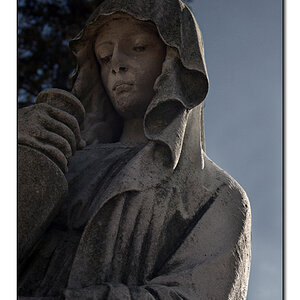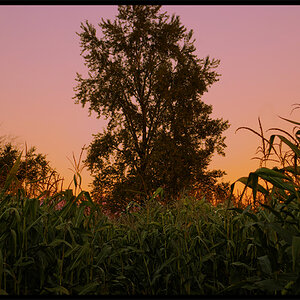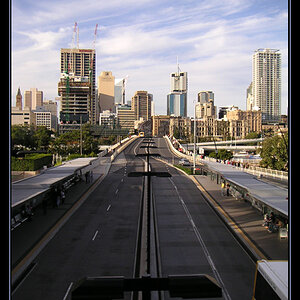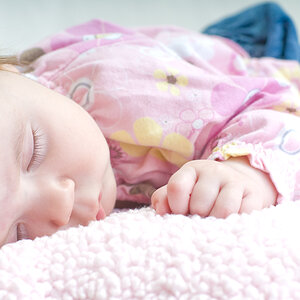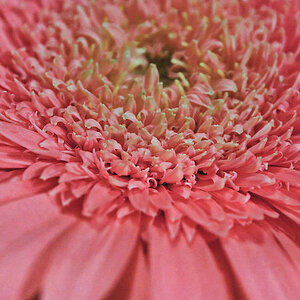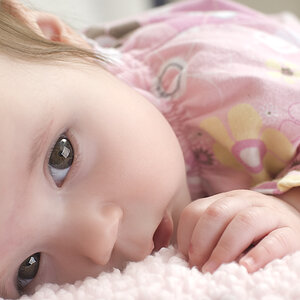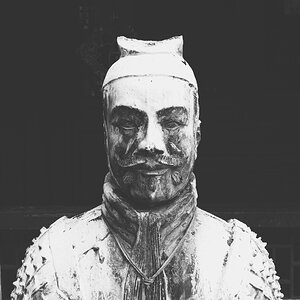VidThreeNorth
No longer a newbie, moving up!
- Joined
- Oct 21, 2016
- Messages
- 1,176
- Reaction score
- 214
- Can others edit my Photos
- Photos NOT OK to edit
This is probably the best one stop look at Fuji's film simulations. It is very long and has a lot of examples and very thorough technical analysis. I have not finished reading it yet.
"The ultimate guide to Fuji’s Film Simulations; A DEEP dive to de-mystify one of Fuji’s best features",
Posted Aug 18, 2020 by Imaging Resource, by Dave Etchells
"The ultimate guide to Fuji’s Film Simulations; A DEEP dive to de-mystify one of Fuji’s best features"
"The ultimate guide to Fuji’s Film Simulations; A DEEP dive to de-mystify one of Fuji’s best features",
Posted Aug 18, 2020 by Imaging Resource, by Dave Etchells
"The ultimate guide to Fuji’s Film Simulations; A DEEP dive to de-mystify one of Fuji’s best features"


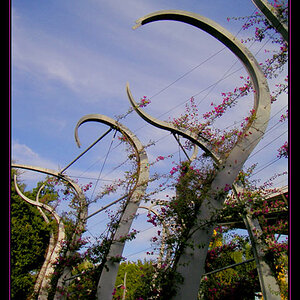
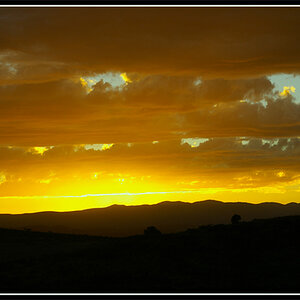
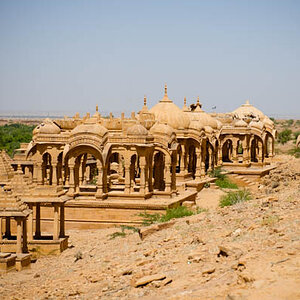
![[No title]](/data/xfmg/thumbnail/31/31977-2b717e032201241cbeae8226af23eba4.jpg?1619735136)
